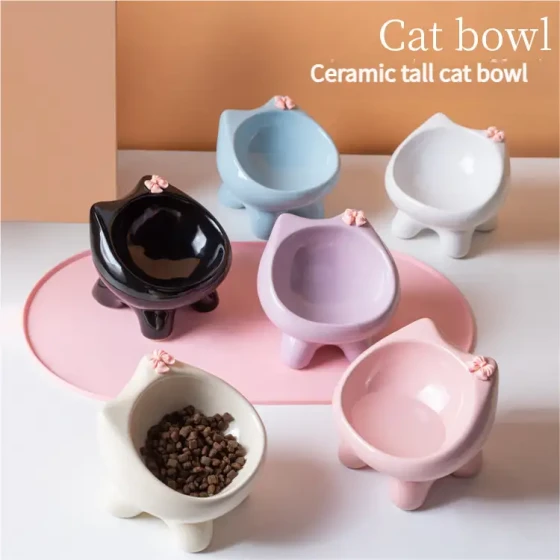Cat Vomiting Hairballs_How to Prevent Hairball Syndrome
Cat vomiting hairballs is almost an unavoidable item on every cat owner's “sweet burden” checklist. Watching your furry master pant hard and then spit out a cigar-shaped unknown object, although not very pleasant to see, often brings relief—you’re at least not facing some other illness. However, if this becomes routine, or comes with other discomforts, it’s not something that can be dismissed as “normal.” Preventing cat hairball syndrome essentially comes down to reducing the total amount of hair cats swallow and helping the hair that sneaks in to pass more smoothly through the digestive tract. It’s like managing an efficient factory, controlling raw materials (hair intake) from the source, and optimizing the production line (digestive transport).
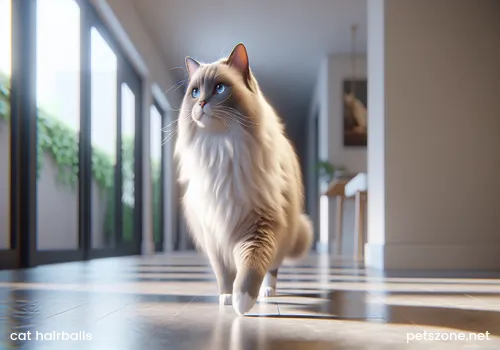
The root cause comes from the cat’s nature. Cats are extremely clean animals, spending a large amount of time grooming every day. Their tongue full of backward-facing barbs acts as a highly efficient “hair collector.” When they lick themselves, loose and shed hair gets hooked on these tiny barbs and then naturally swallowed. The problem is that the main component of hair is keratin, which is almost indigestible for cats. Small amounts of hair usually pass through in feces, but if the intake is large or the digestive tract’s movement is sluggish, hair gradually tangles and accumulates in the stomach or intestines, forming a tight hairball—the hairy mass we commonly call a hairball.
Cats vomit hairballs as a self-protection mechanism. Occasionally throwing up to clear out the stock is somewhat normal. But if vomiting happens frequently (several times a week), or is accompanied by loss of appetite, lethargy, dry cough, retching without vomiting, constipation, or even abdominal bloating and pain, it may indicate a blockage caused by hairballs—hairball syndrome—which requires caution. Severe intestinal hairball blockage is life-threatening and requires immediate veterinary care, possibly surgery. So, prevention is always better than cure.
After covering the cause and risk, let's look at countermeasures. The key lies in “intercepting” and “guiding” working hand in hand.
First, “intercept”: reducing hair intake at the source.
This is the most direct and effective method to prevent hairball syndrome, bar none. Since hair enters the body during licking, we remove loose hair before they lick. How? Brushing!
- Brush frequently: Especially during shedding seasons (spring and autumn), cats shed massively, making daily brushing necessary. Outside shedding seasons, short-haired cats can be brushed 2-3 times a week; long-haired cats should ideally be brushed daily. Brushing not only removes loose hair but promotes skin circulation, making fur healthier and eventually reducing shedding. Imagine spending five minutes brushing off the hair, much easier than letting the cat lick it in and throw it up later.
- Choose appropriate brushes: This requires some thought. The market offers many types of brushes, and selecting the right tool for different cat hair lengths and types can make a big difference. For example:
- Slicker Brush: Suitable for removing loose hair and detangling, effective for most cats.
- Metal Comb: With widely or narrowly spaced teeth, good for spot detangling and checking deep fur for parasites.
- De-shedding tools (like Furminator): Penetrate deep undercoat, highly efficient at removing large amounts of loose hair. But use cautiously: improper use can damage skin or follicles. Apply gently and not too often—once a week or every two weeks—to avoid removing healthy undercoat excessively.
- Rubber brushes/glove brushes: Good for cats that dislike metal combs, gently removing loose hair while petting, though less effective.
- Make brushing enjoyable: Don’t treat brushing like “torture.” Start training from kittenhood to get cats used to being brushed. Offer favorite treats during brushing, use gentle tone and motions, so they associate grooming with positive experiences. Keep sessions short initially, gradually increasing. If the cat resists, stop and try later. Remember, this is a bonding opportunity, not a battle. Some cats even purr during brushing.
Second, “guide”: help hair pass through the digestive tract.
Even with perfect brushing, cats will still swallow some hair. That’s when internal help is needed to “send” the hair out.
- Adjust diet: Many commercial foods and treats claim to “break down hair.” These usually work by increasing dietary fiber or adding lubricating ingredients.
- High-fiber diets: Fiber increases stool bulk and promotes intestinal motility, helping carry hair out. Special hairball control foods work this way. You can also add modest amounts of fiber-rich foods at home, like steamed pumpkin puree (unsweetened, unspiced) mixed into food. Changes must be gradual, monitoring your cat’s response.
- Add lubricating ingredients: Some hairball foods or treats contain Omega-3 and Omega-6 fatty acids to promote skin and coat health, reduce shedding, and provide lubrication.
- Use cat grass or hairball paste:
- Cat Grass: Many cats enjoy chewing cat grass. The mechanism of how cat grass helps with hairballs is debated. One view says the rough leaf surface stimulates the stomach lining, triggering vomiting and expulsion of hairballs. Another suggests the fiber helps hair pass through digestion. Regardless, many cats manage hairballs better or vomit more easily after eating cat grass. Growing a small pot at home gives cats a choice.
- Hairball Paste/Gel: Possibly the most well-known hairball product. Most contain mineral oil or petroleum jelly as lubricants, and palatability enhancers. They coat hair, making it easier to pass through the digestive tract and be eliminated with feces. Hairball paste is convenient and many cats like the taste. Usage tips:
- Follow vet advice or instructions: Don’t overuse, as mineral oils may impair absorption of fat-soluble vitamins (A, D, E, K), causing nutritional issues if used long-term or excessively.
- Use as a supplement: Hairball pastes assist hair elimination but don’t replace the primary “intercept” role of regular brushing.
- Monitor effects: After a period, watch if vomiting frequency decreases, and if small hair clumps appear in feces. If ineffective or cat refuses, try other methods.
- Adequate hydration: Keeping cats well-hydrated supports normal digestive function, including intestinal motility, indirectly aiding hair elimination. Ensure constant access to fresh, clean water. Some cats prefer running water—consider a pet water fountain.
Additional considerations and tips:
- Observation is key: Closely watch your cat’s condition. Shedding volume, gut function, and food reactions vary by individual. Record hairball vomiting frequency, hairball size and shape, and any accompanying symptoms. This helps evaluate prevention effectiveness and decide if vet care is needed.
- Distinguish vomiting causes: Vomiting can have many causes besides hairballs: eating too fast, food intolerance, gastroenteritis, parasites, or serious systemic illness. If vomiting is frequent or not hairball-related, or accompanied by poor spirit, loss of appetite, or weight loss, see a vet promptly to find the real cause. Don’t attribute all vomiting to hairballs.
- Reduce stress: Some cats over-groom under stress or anxiety, swallowing more hair. Identify and relieve stressors—provide enriched environments (toys, climbing trees, food puzzles), maintain routine, and minimize environmental changes—to help prevent hairballs indirectly.
- Patience and consistency: Hairball prevention is a long-term, ongoing effort. Regular brushing, routine hairball support if needed, observation, and adjustment are all part of responsible cat ownership.
In short, preventing cat hairball syndrome, like raising a healthy child, requires carefulness, patience, and a scientific approach. From intercepting at the source (brushing), internal guidance (proper diet and assistance), to daily observation and timely vet visits, this combined effort minimizes hairball troubles, makes your cat more comfortable, and keeps you from worrying about “cigar”-shaped surprises in every corner. Spending on prevention is always more cost-effective than treatment, and especially beneficial for your cat’s health and well-being.
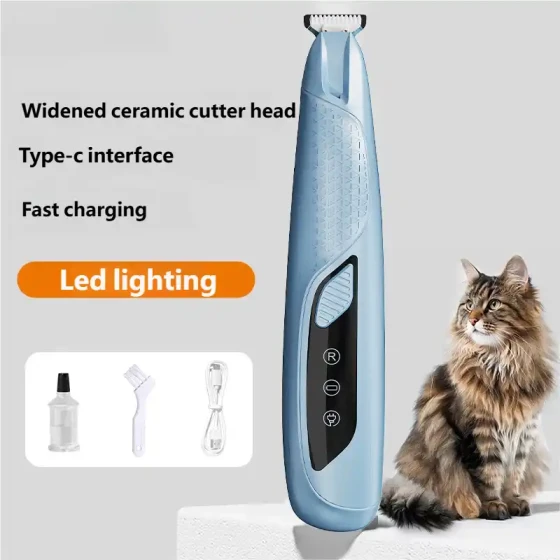
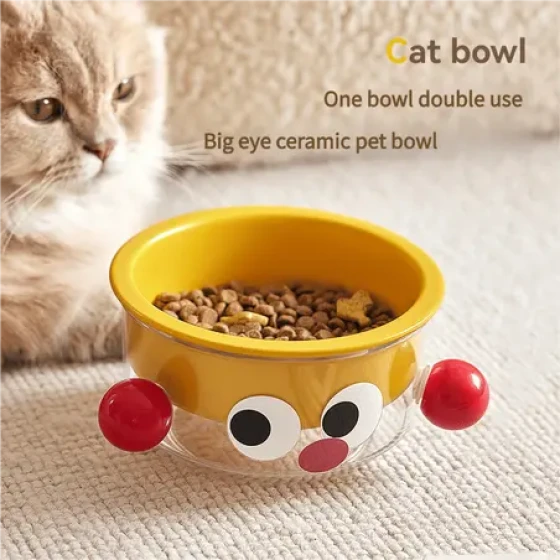
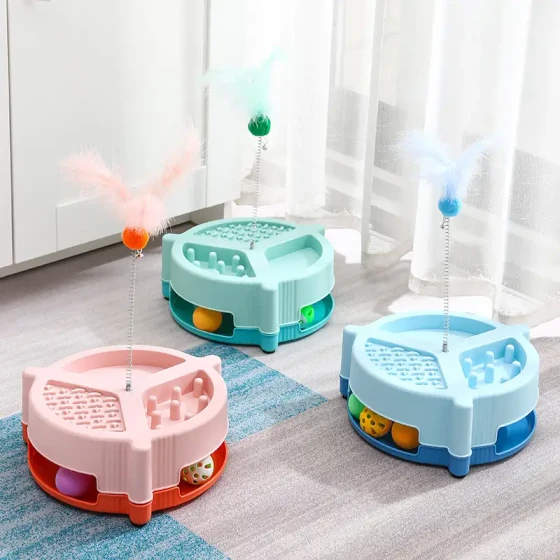
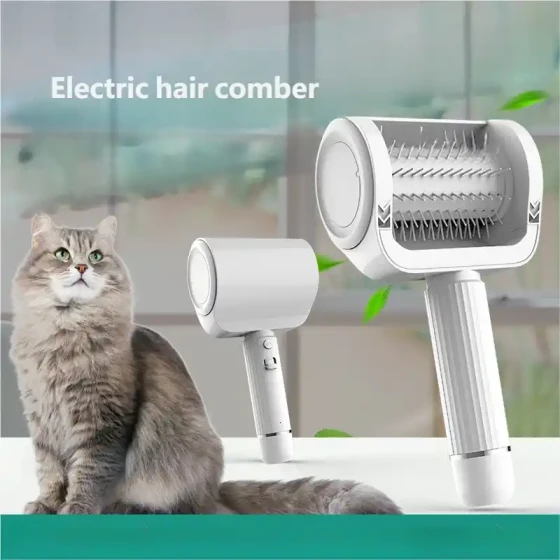
-560x560.webp)
